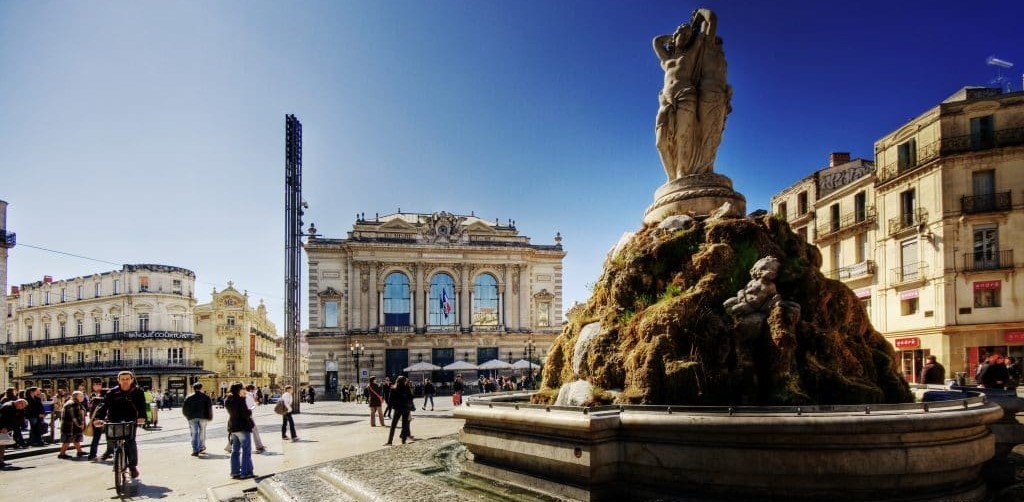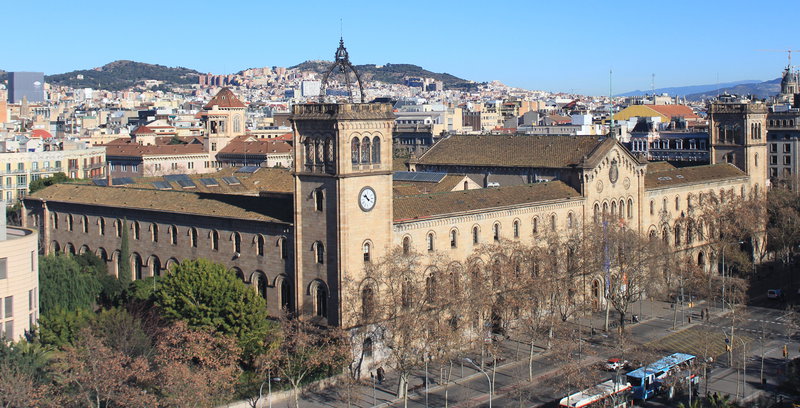Next Event
The next ALPE will take place in Montpellier on the 23-24 of March, 2026. For information about the venue, check the location tab.
More information will appear soon.
Programme
List of talks and abstracts.
Talks are 55 minutes long with some time for questions at the end. Talks will take place in a room to be determined at the IMT.
| March 23rd | March 24th | ||
|---|---|---|---|
| 9:00-10:00 | Speaker 3 | ||
| 10:00-10:30 | Coffee Break | ||
| 10:30-11:30 | Speaker 4 | ||
| 12:00-14:00 | Lunch | ||
| 14:00-15:00 | Speaker 1 | 13:30 - Speaker 5 | |
| 15:00-15:30 | Coffee Break | Coffee Break | |
| 15:30-16:30 | Speaker 2 | 15:00 - Speaker 6 | |
Titles and abstracts
-
Chenjing Bu Some title ▼Abstract
-
Chiara Esposito Some title ▼Abstract
-
Some title ▼Abstract
-
Speaker Some title ▼Abstract
-
Speaker Some title ▼Abstract
-
Speaker Some title ▼Abstract
Following events
We intend to organise the following ALPE in Barcelona


